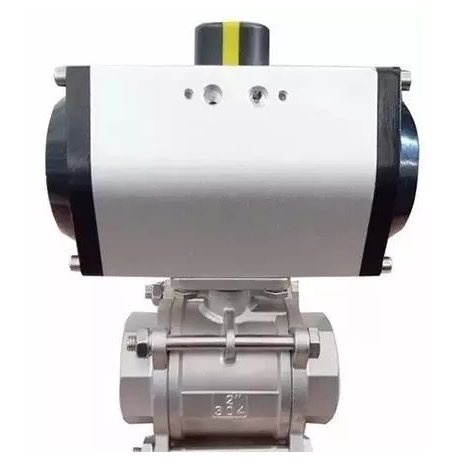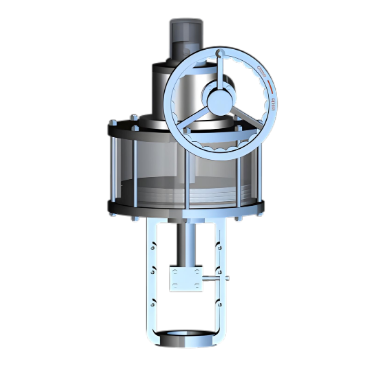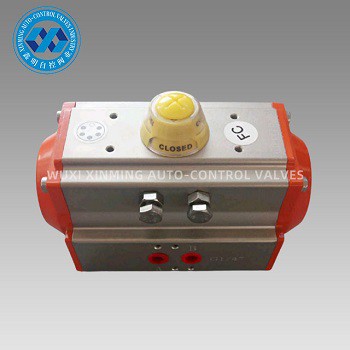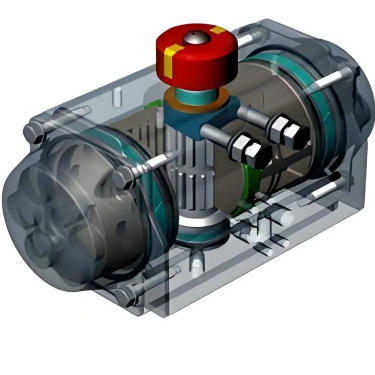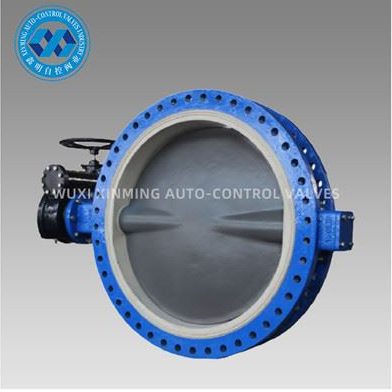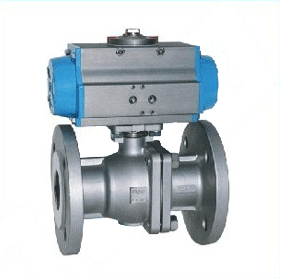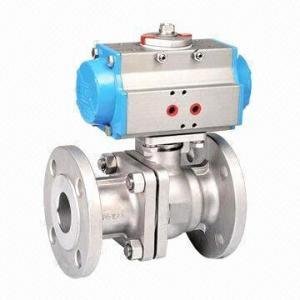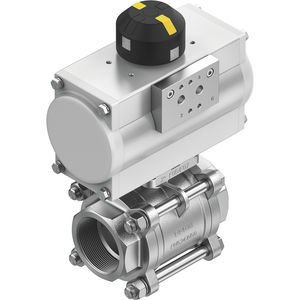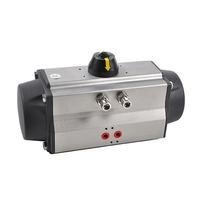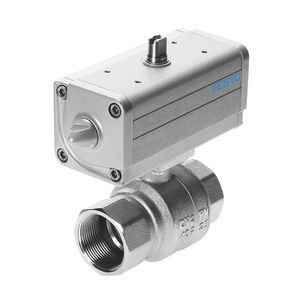Compact pneumatic actuators can integrate
relatively easily with PLC (Programmable Logic Controller) systems, but several
factors influence the process. Many compact pneumatic actuators come with
standard interfaces and control elements that are designed to work in harmony
with PLCs. For instance, they often use solenoid valves to control the flow of
compressed air, and these solenoid valves can be directly connected to the
output channels of a PLC. By sending electrical signals from the PLC, the solenoid
valves can be actuated to open or close, thereby controlling the movement of
the pneumatic actuator.
Moreover, modern compact pneumatic
actuators may also incorporate position - sensing devices, such as proximity
sensors. These sensors can be linked to the input channels of a PLC, allowing
the PLC to monitor the position of the actuator in real - time. This feedback
loop enables precise control over the actuator's operation, facilitating
complex sequences and accurate positioning tasks.
However, integration challenges can arise
depending on the specific models of the actuator and the PLC. Compatibility
issues related to signal voltage levels, communication protocols, or physical
connection types might require additional adapters or programming adjustments.
But with proper planning, selection of compatible components, and some basic
programming knowledge, compact pneumatic actuators can indeed be integrated
smoothly with PLC systems, enhancing automation and control in industrial
applications.
If you want to learn more about low-priced products, please visit the following website: www.xm-valveactuator.com


